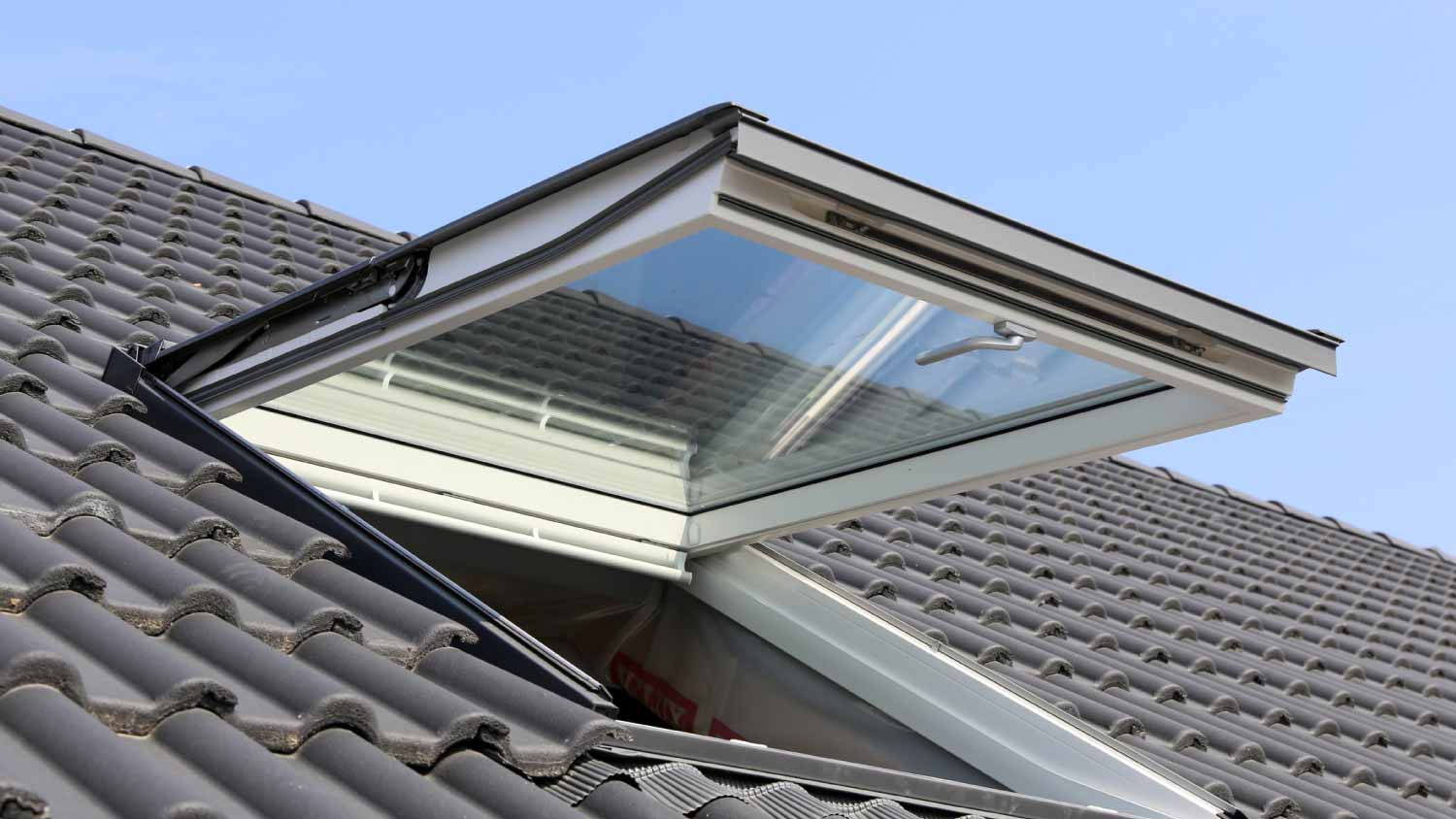How Much Value Does a Skylight Add to a Home?
Skylights bring in sunshine but do they bring in buyers?
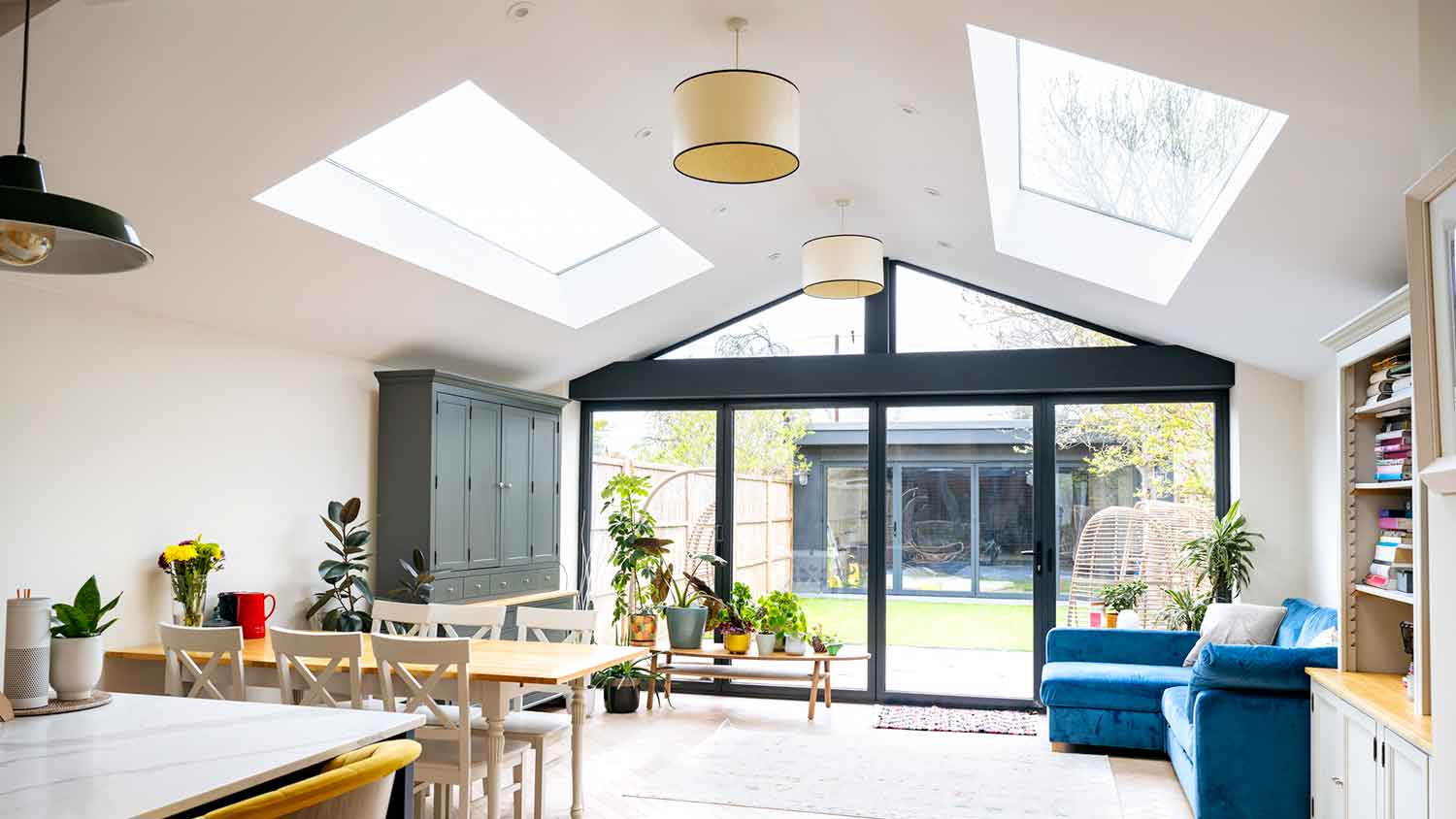

Home Value Rating: 1/5
Skylights don’t add much resale value, but a pro can help ensure it looks its best.
The skylight’s location, type, and size can influence how much value it adds to the home.
A well-placed skylight can make a home feel brighter, more open, and visually appealing, which can attract buyers. But unlike major renovations, skylights are considered a soft investment because they don’t usually increase a home’s value in a measurable way. Still, they boost a home’s aesthetics and comfort, which can make homes more desirable and potentially lead to a quicker sale.
Use this guide to help you determine whether a skylight is a worthy investment for your home.
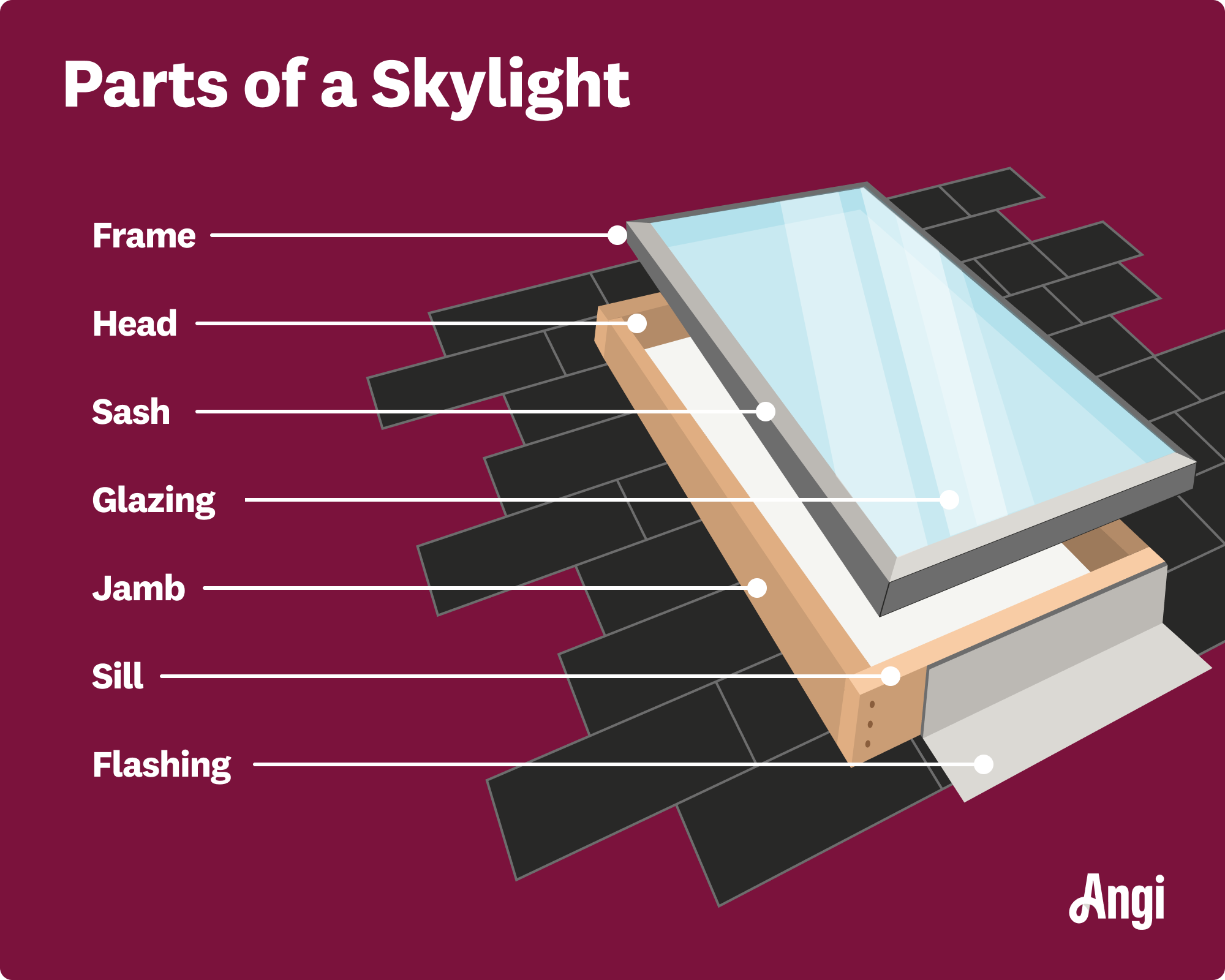
Factors That Influence Skylight Value
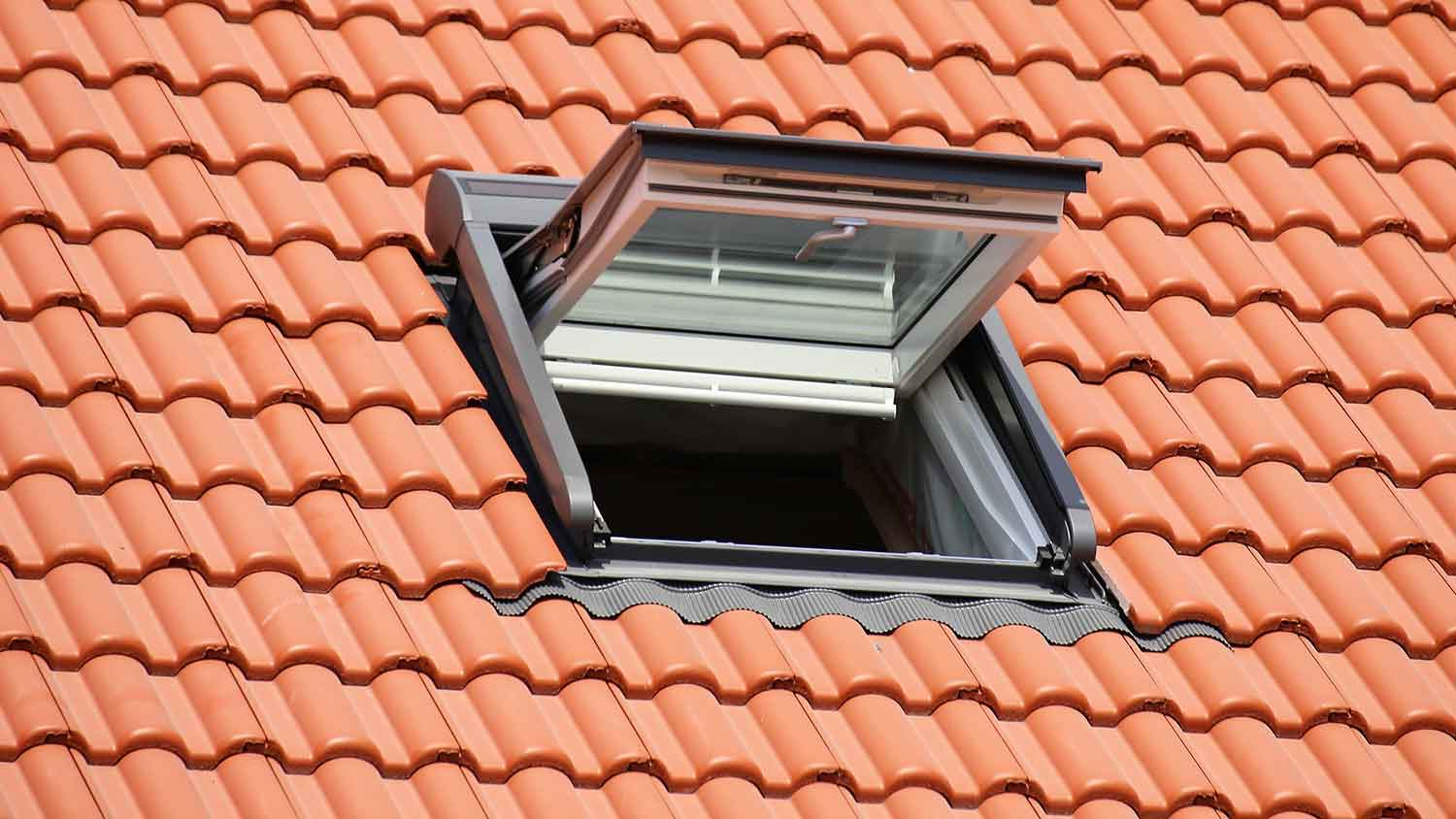
Several factors can impact how much value a skylight adds to your home, including your home’s location and the size and type of skylight. Here’s what to consider before installing one.
Skylight Location
Where you live can affect how much a skylight is worth to potential buyers. In areas with long, dark winters or lots of cloudy days, skylights can make a huge difference when it comes to getting natural light in the house, which can be a major selling point. Meanwhile, if your area has a lot of direct sunlight, skylights with UV-blocking coatings or ventilation features can be especially appealing to buyers.
Skylight Size
The size of a skylight can impact its resale value. Small skylights can brighten a space a little bit but don’t tend to impact home value much since their impact on a home’s look, feel, and function is minimal.
Medium to large skylights, especially in kitchens and living areas, are more appealing to buyers since they create a more open, high-end feel. However, larger skylights come with higher installation costs and may require structural reinforcements, which can reduce the overall return on investment (ROI).
| Home Size | Average Resale Value |
|---|---|
| Small (under 2 sq. ft., hallways, closets) | Minimal to none |
| Medium (2–4 sq. ft., bathrooms, bedrooms) | $500–$1,500 |
| Large (4+ sq. ft., kitchens, living rooms) | $1,500–$3,500 |
Skylight Type
The type of skylight you install can also impact resale value. Fixed skylights, aka skylights you can’t open, are the most affordable, but they don’t offer ventilation, which limits their appeal to buyers. Vented skylights cost more, but they also offer better airflow and moisture control, so they’re a particularly strong selling point in kitchens and bathrooms.
Meanwhile, tubular skylights brighten small spaces, but they don’t add much value since they lack visual impact. Overall, vented skylights tend to provide the best ROI, while fixed and tubular options offer more limited returns.
DIY vs. Hiring a Pro
Installing a skylight yourself might seem like a great way to save money, but less-than-perfect installation can lead to big (and costly) problems, like leaks, water damage, and energy loss. Hiring a local skylight installer will ensure the skylight is installed correctly, sealed properly, and meets local building codes, all of which protect your home’s value.
In addition, many roofing manufacturers require skylights to be installed by certified professionals to maintain warranty coverage. So, unless you have expertise in skylight installations, it’s best to leave this job to the pros if you want to maximize your home’s resale value.
Construction and Materials
The quality of materials and construction plays a big role in whether a skylight adds value or becomes a liability. Well-built skylights made from durable, energy-efficient materials help with insulation, prevent leaks, and reduce long-term maintenance, making them more appealing to buyers.
Cheaper skylights with poor seals or low-quality glass can lead to drafts, heat loss, or water damage, all of which lower resale value. So, if your top priority is maximizing your home’s resale value, it’s a good idea to invest in the highest-quality skylight materials you can afford.
How to Estimate the Added Value of a Skylight
The resale value of a skylight is more nebulous compared to other home investments, like bathroom remodeling, so it’s often considered a “soft” investment, meaning it can be attractive to some buyers but doesn’t typically increase a home’s value in a measurable way. That said, a skylight can still boost a home’s appeal depending on factors like market demand, quality, and location.
Here are some ways to estimate whether a new skylight makes sense for your home from a value standpoint.
Consider market demand. In regions with long winters or limited natural light, skylights may be a bigger selling point than in areas with abundant sunshine. In addition, if skylights are common in your neighborhood, not having one could make your home less competitive.
Evaluate ceiling height and room placement. Skylights work best in rooms with high ceilings where traditional windows aren’t an option. If a skylight makes a space feel larger or brighter, it may increase buyer interest in your home.
Look at energy savings. Energy-efficient windows can reduce heating and cooling costs, which is a strong selling point for buyers looking to lower utility bills. So, skylights with energy-efficient features, like Low-E coatings, double or triple glazing, and insulated frames, can make a home more attractive to potential buyers.
Assess your home’s architectural style. Skylights tend to fit well in contemporary and open-concept homes, where natural light is a major design feature. In more traditional or historic homes, they may not blend as seamlessly, which could impact perceived value.
Choose the right size and type. Large, well-placed vented skylights in main living areas typically add more value than small, fixed skylights in secondary spaces.
Consult a real estate expert. A local real estate agent or appraiser can provide insight into whether a skylight will improve your home’s marketability and price point.
Cost to Install a Skylight
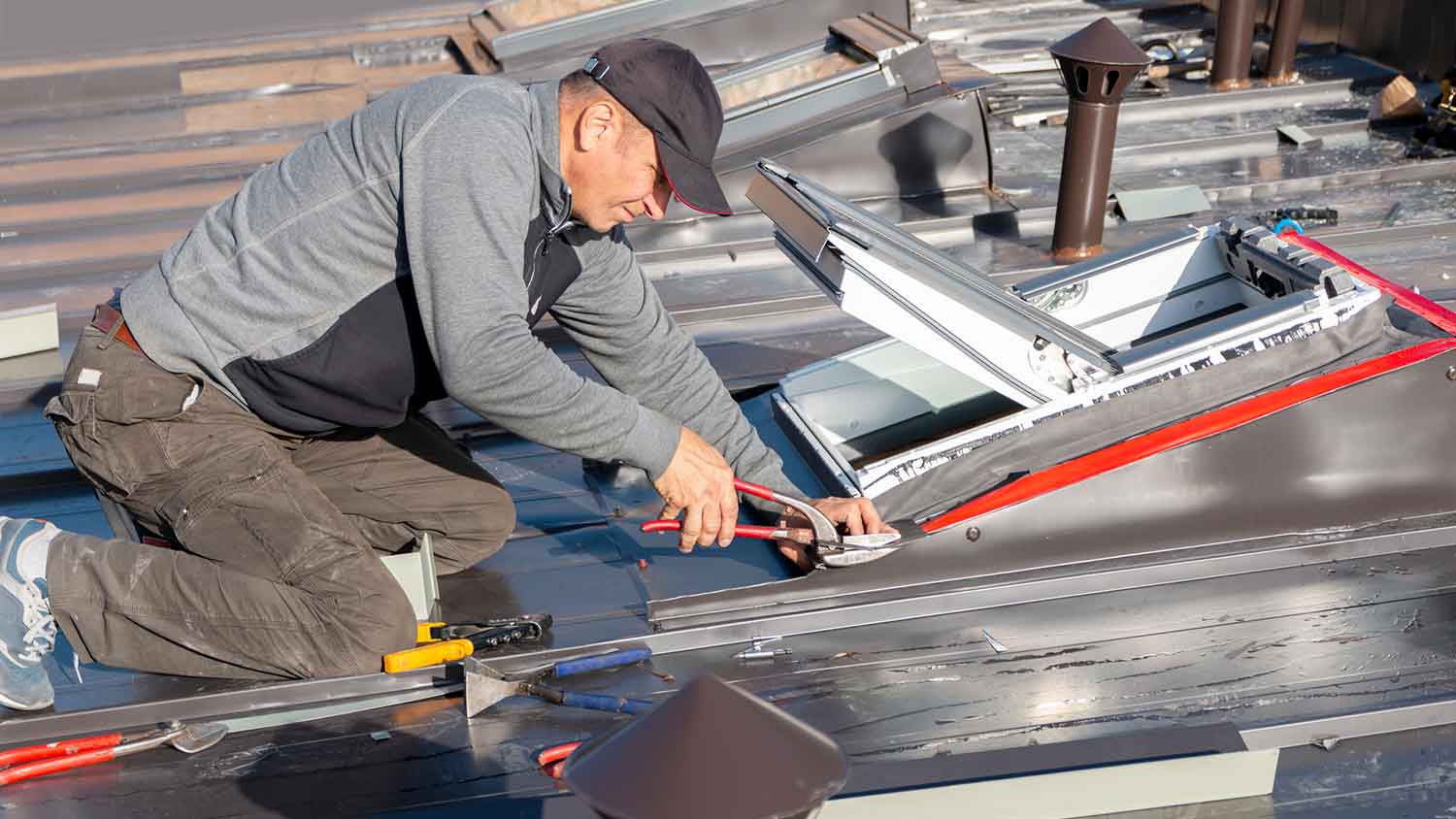
Skylight installations cost between $1,000 and $2,800, or around $1,900, on average. Cost heavily depends on factors like the type of skylight, its size, and the complexity of the installation. However, it’s tough to determine a precise ROI.
While skylights enhance a home’s natural light and ambiance, they don't always translate to a direct increase in resale value. Some reports suggest that skylights can potentially yield an ROI ranging from 15% to 30% upon resale. However, this ROI can fluctuate significantly based on factors like the quality of the installation, the home's location, and buyer preferences in the area.
Is a Skylight Worth It?
Whether a skylight is worth it depends on how well it fits your home’s design, climate, and market demand. Skylights don’t offer the same clear-cut ROI as projects like kitchen and bathroom remodels, but they can still increase your home’s appeal, which may help it sell faster or stand out in competitive markets.
If your home has dark interiors, limited natural light, or high ceilings where traditional windows won’t work, a skylight can make a noticeable difference. Homes in colder climates may also benefit since skylights allow more sunlight to naturally warm up living spaces, reducing heating costs in winter. However, in areas with extreme heat or unpredictable weather, they may require extra insulation or maintenance, which could deter some buyers.
Another factor is placement. A skylight in a kitchen or living room can make a space feel more high-end and inviting, while one in an attic or hallway might not add much perceived value. Vented skylights in bathrooms or kitchens can also help with moisture control, making them more functional than a fixed skylight in a less-used area.
How Angi Gets Its ROI Data
Home is the most important place on earth, which is why Angi has helped more than 150 million homeowners transform their houses into homes they adore. To help homeowners maximize the value of their investments, we gather ROI data from reputable sources, including industry reports, real estate studies, and interviews with market experts. We calculate the average resale value for projects by multiplying the ROI against the project’s average cost according to our cost data, which is sourced from thousands of real Angi customers.
Want to help us improve our data? Send us a recent project quote or home appraisal value to costquotes@angi.com. Quotes and personal information will not be shared publicly.
Frequently Asked Questions
Skylights typically last 20 to 30 years, but their lifespan depends on factors like quality, installation, and weather exposure. Over time, seals, flashing, and glazing can deteriorate, leading to leaks, drafts, or reduced insulation. Regular inspections can help catch issues early and prolong the life of your skylight.
Skylights need periodic cleaning to remove dirt, debris, and condensation buildup. You should also inspect the seals and flashing once per year, looking for signs of wear or leaks, especially after heavy storms. Energy-efficient skylights with Low-E coatings or double glazing require less upkeep, but all skylights benefit from occasional resealing and checking for cracks to prevent drafts and moisture issues.
Yes, skylights can affect a home’s energy efficiency, either positively or negatively. Properly installed, energy-efficient skylights with Low-E coatings, double glazing, and UV-blocking glass can help regulate indoor temperatures and reduce heating and cooling costs. However, poorly insulated or older skylights can contribute to heat loss in winter and excess heat gain in summer, lowering overall energy efficiency.
Yes, installing a skylight can impact your roof’s structural integrity and may void the roof warranty if not done correctly. Cutting into the roof weakens its waterproof barrier, and improper flashing or sealing can lead to leaks and long-term damage. Many roofing manufacturers require skylights to be installed by certified professionals to maintain warranty coverage, so it’s important to check your policy before installation.




